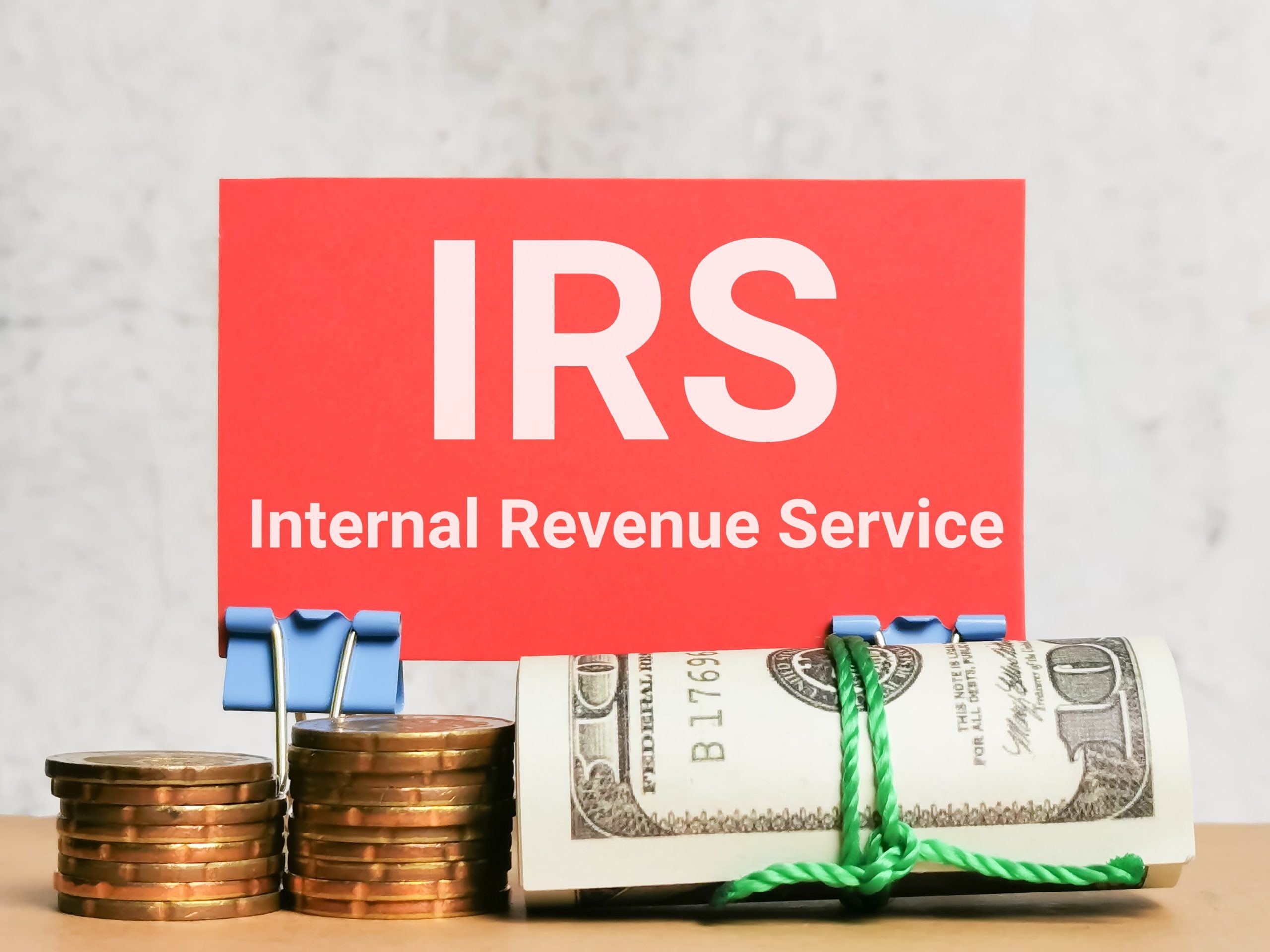Navigating the IRS collection process can be a daunting journey for taxpayers. It begins with ensuring tax compliance, including filing returns for the past six years and making current tax payments.
What follows is a sequence of notifications and legal steps: from the initial billing notice to the establishment of a silent lien under IRC § 6321, leading up to potential levies and liens if the debt remains unsettled. At each critical juncture, taxpayers are afforded options for collection alternatives and due process rights, including the ability to request a Collection Due Process (CDP) hearing. Understanding this progression is vital for any taxpayer facing the IRS’s collection efforts.
- Tax Compliance
- Returns filed for the last 6 years (IRM 1.2.1.6.18)
- Current tax payments made
- Billing Notice
- Silent Lien arises – IRC § 6321
- Taxpayers can now contact the IRS and begin working on a collection alternative – Installment Agreement, Offer-in-Compromise, Uncollectible
- Threat to Levy (CP-504)
- Final Notice of Intent to Levy (CP-90, Letter 11, Letter 1058)
- Collection Due Process rights arise and a request for a hearing may be filed within 30 days for a CDP hearing, or 1 year for an equivalent hearing
- Notice of Levy
- Notice of Federal Tax Lien Filed
- Collection Due Process rights arise and a request for a hearing may be filed within 30 days for a CDP hearing, or 1 year for an equivalent hearing

